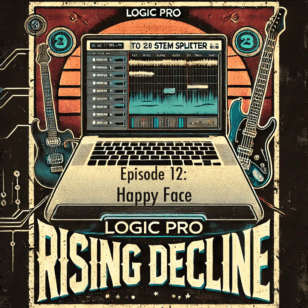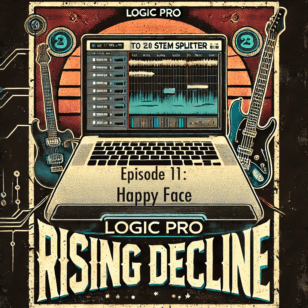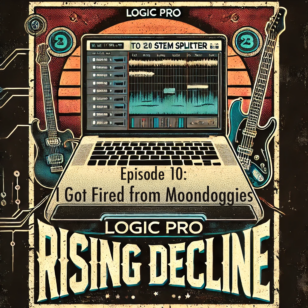In the next 28 days, I will write 17 songs with 17 elementary classes. Welcome to February Album Writing Month, Elementary Style. FAWM, aka February Album Writing Month, is a “a big, free, month-long, international songwriting workshop.” My plan is to write one original song this month with each of my 14 general music classes.
In the three years I’ve been teaching elementary music, my general music classes have been writing short instrumental pieces of music throughout the year. Last year, one of these pieces, The Bear’s Beat, won a Digital Voice Award and a California Student Media Festival award (read: these tunes sound pretty cool!). I use GarageBand to teach students about melodies, scales, rhythm, instrumentation, song form, and other musical stuff. GarageBand allows me to take boring, abstract musical concepts and bring them to life. Rather than reading about a pentatonic scale, we compose music using the pentatonic scale. It’s project-based learning, and I love it. More importantly, my students love it. And, they actually learn the concepts.
This month, every single general music class is working on their own song. They write their own lyrics that are aligned with a (non-musical) common core standard. Topic range from order of operations to human body systems. Not only are they learning important music skills, they are also memorizing important information from core classes. I’m edusneaky like that!
Each class composes a melody (the thing you sing). We decide on the key and tempo, and try to base that on what fits best with the lyrics. For example, if they are writing about being college-bound, it probably shouldn’t be a slow song in a minor key. Each class collectively decides on the rhythm and pitch of each note. Since they are also composing lyrics, they have the added challenge of having the lyrics match the melody they write.
After that, we talk about instrumentation. They typically want either a crazy synth or an electric guitar. I do my best to steer them to something less generic and noisy, but I rarely veto a class decision. If something obvious is missing (like a bass guitar), a student will usually bring that to the class’ attention. If not, I’ll do a think-aloud and point out what we need to add. Every instrument is either a pre-recorded loop, or is a software instrument. I do not record real instruments since GarageBand has so many killer sounds built in.
Finally, we talk about song form. Earlier in the year, we analyze pieces of music to see how it’s arranged. Last month, we looked at a listening map of a piece by Grieg and determined the form was AABCABCA. Most songs end up being ABABCA, but some classes are more inventive with their arrangement of sections.
We’re currently halfway through the project, and things are going well so far. It’s certainly more challenging to keep them engaged with a longer process. Until this project, all compositions were completed in one day. Aside from that, the depth of understanding is remarkable. Rather than smiling and leaving after 45 minutes, students are taking ownership of their songs. More thought is going into what they’re doing, both during class and throughout the week. For the first time, I’m hearing comments like, “I’ve been thinking about our song, and I have an idea for what we can sing during the verse.” My favorite part, though, is when several students asked, “Can we make a music video and upload it to YouTube!?” I think I just figured out the next step in this project!
Here’s a work in progress:



